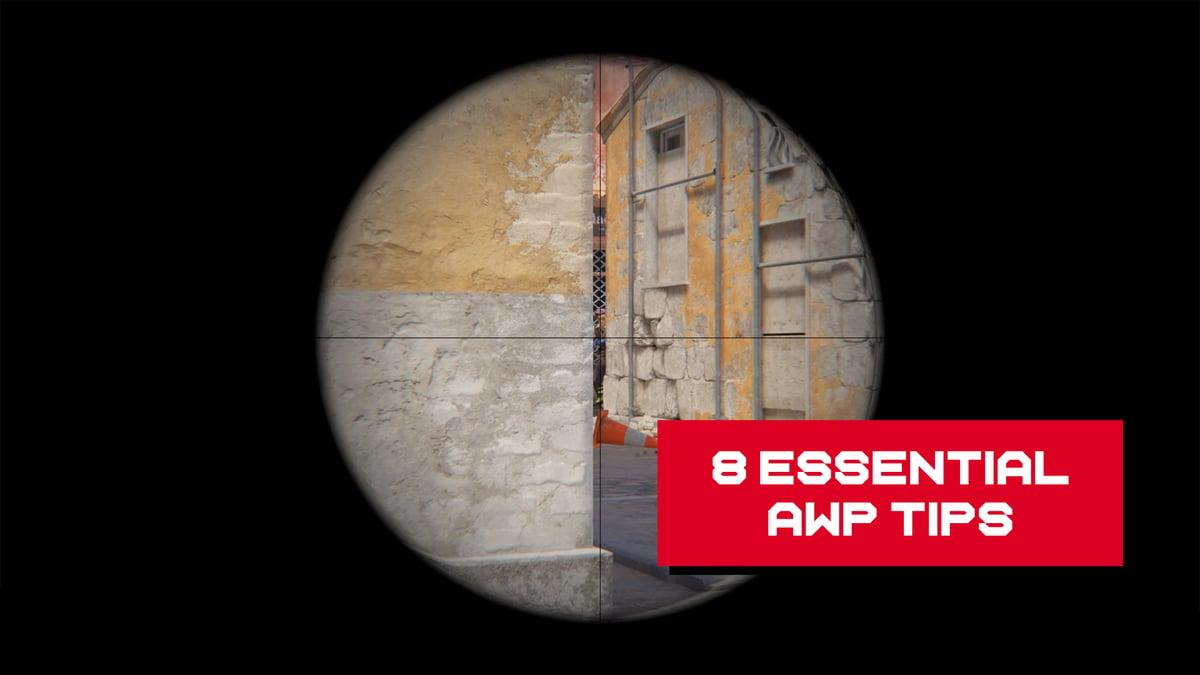Buzz of Connections
Exploring the latest trends in dating, relationships, and social interactions.
AWP Like a Pro: Sniping Secrets to Outsmart Your Opponents
Master the AWP with pro tips and secret strategies to outsmart your opponents. Elevate your sniping game and dominate every match!
Mastering the AWP: Essential Techniques for Improving Your Sniping Skills
Mastering the AWP, or Arctic Warfare Police sniper rifle, requires a combination of precision, patience, and practice. One of the essential techniques for improving your sniping skills is understanding the importance of crosshair placement. Always aim to keep your crosshair at head level, particularly in common engagement zones. This positioning minimizes the amount of adjustment needed when an enemy appears, allowing for quicker and more accurate shots. Additionally, utilizing sound to your advantage can greatly enhance your situational awareness. Pay attention to audio cues and the direction of footsteps to anticipate enemy movements.
Another critical technique involves mastering the art of movement while sniping. Many players mistakenly believe that sniping requires remaining stationary; however, effective snipers often alternate between positions to avoid becoming predictable targets. Techniques such as ‘shot and hide’ or ‘pre-aiming’ can significantly increase your chances of landing successful shots. Remember to practice your flick shots, as they are invaluable when engaging moving targets. Incorporating these strategies into your gameplay will not only enhance your confidence but also improve your overall sniping proficiency with the AWP.

Counter-Strike is a highly popular tactical first-person shooter game that emphasizes team coordination and strategy. Players engage in various game modes, including competitive matches and casual play. One exciting aspect of the game is the CS2 Case Battles, where players can compete against each other by opening weapon cases and showcasing their rarest skins.
Top 5 Mistakes to Avoid When Using the AWP in Competitive Play
When it comes to utilizing the AWP in competitive play, one of the most critical mistakes you can make is not mastering its mechanics. The AWP has a unique firing style and can only be effective when you understand its scoping and reloading nuances. Often, players rush their shots or fail to account for bullet drop and travel time, leading to missed opportunities. To avoid this, practice regularly in aim training maps to refine your skills and learn the best positioning to take full advantage of the AWP's strengths.
Another common pitfall is neglecting your team’s strategy while wielding the AWP. Players often focus solely on their individual performance, forgetting that the AWP is most effective when integrated into team tactics. Always communicate with your teammates about your position and work together to cover angles and set traps for enemies. A strong team-oriented approach can make the difference between a winning and losing round, especially when using such a high-impact weapon as the AWP.
How to Predict Opponent Movements: Sniping Strategies for the AWP
Mastering the art of predicting opponent movements is essential for AWP players looking to enhance their sniping strategies. To effectively anticipate where your enemies will emerge from, consider utilizing sound cues and map knowledge. Pay attention to footsteps and gunfire, as they often reveal the location of your opponents before they come into your line of sight. Additionally, familiarize yourself with common paths that players take in various maps, allowing you to place your crosshair at likely angles of approach. This preparation gives you a tactical advantage and increases your chances of landing that perfect shot.
Another crucial aspect of predicting movements is understanding the psychology of your opponents. Players often become predictable after a few rounds; they will frequently repeat their actions if they find success. To counter this, change your position frequently and try using fake tactics to draw them into your line of fire. For example, consider making noise in one area before quickly relocating to a different vantage point. This strategy can catch them off-guard, allowing you to execute precise sniping techniques with your AWP. Remember, adaptability is key in maintaining the upper hand during engagements.